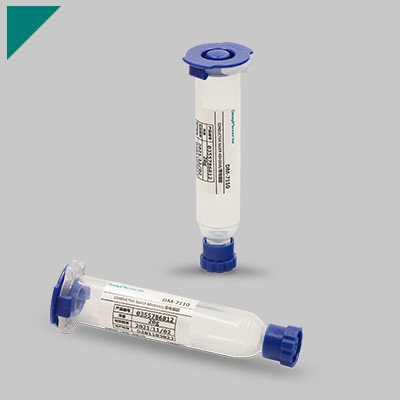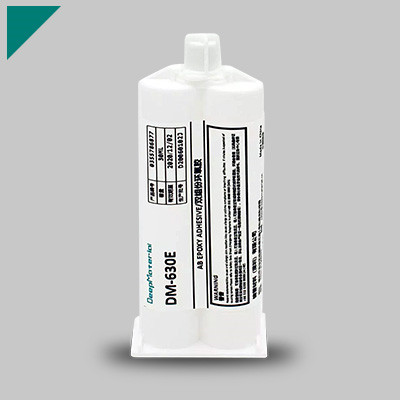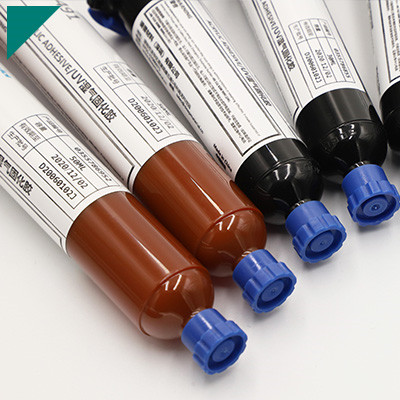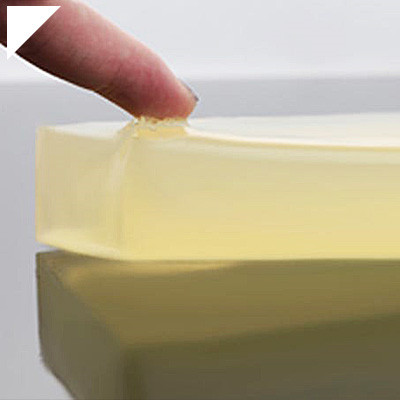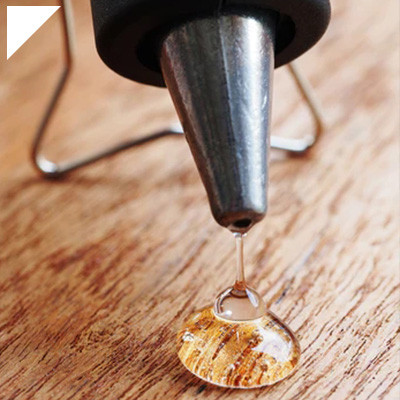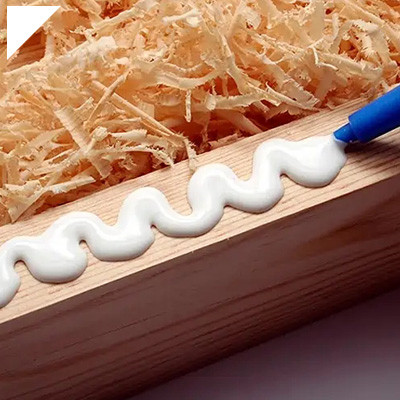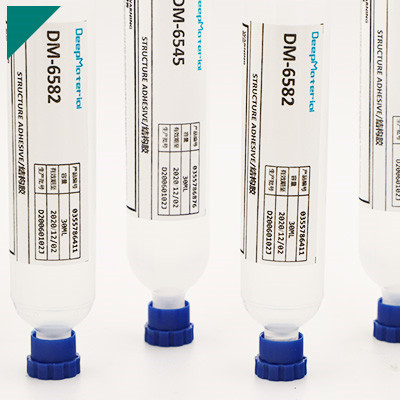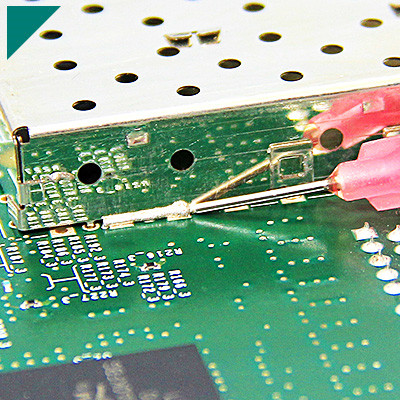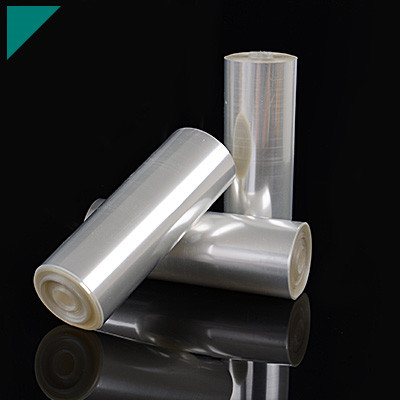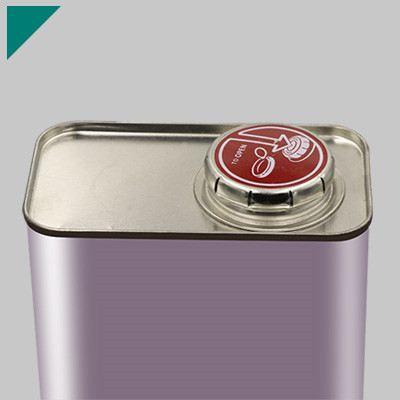Potting Compound For Sensors

Sensors are the unsung heroes of modern technology, facilitating the seamless operation of numerous devices we encounter daily. However, behind their efficiency lies a critical component often overlooked – potting compound. This article delves into the significance of potting compounds for sensors, understanding their role, types, and impact on sensor performance.
Understanding Potting Compound
A potting compound, or encapsulant or potting material, is used to encapsulate electronic components, protecting environmental factors such as moisture, dust, vibration, and temperature variations. In the realm of sensors, potting compound plays a pivotal role in safeguarding delicate sensing elements from external influences, ensuring their reliability and longevity.
Importance of Potting Compound for Sensors
- Environmental Protection: Sensors are often deployed in harsh environments, industrial settings, automotive applications, or outdoor installations. Potting compound forms a protective barrier around the sensor, shielding it from moisture, chemicals, and mechanical stress, extending its operational lifespan.
- Enhanced Stability: By encapsulating sensitive components within a stable matrix, the potting compound mitigates the risk of mechanical failures and electrical shorts, thereby enhancing the overall stability and reliability of the sensor.
- Improved Performance: Unencapsulated sensors are susceptible to drift and degradation over time due to exposure to external factors. The potting compound maintains the integrity of sensor calibration, ensuring consistent and accurate performance throughout its lifecycle.
- Customization and Flexibility: Potting compounds come in various formulations tailored to specific application requirements. Whether achieving a certain level of flexibility, thermal conductivity, or chemical resistance, manufacturers can select a potting material that best suits their sensor’s needs.
Types of Potting Compounds
- Epoxy Resins: Widely used for sensor encapsulation due to their excellent adhesion, chemical resistance, and mechanical properties. Epoxy resins offer versatility and can be modified to achieve desired characteristics such as thermal conductivity and flexibility.
- Silicone Rubber: Ideal for applications requiring flexibility and excellent thermal stability. Silicone potting compounds offer high dielectric strength and are well-suited for sensors operating in extreme temperatures.
- Polyurethanes: Known for their exceptional toughness and resistance to abrasion, polyurethane potting compounds are commonly used in rugged applications such as automotive and aerospace sensors.
- Polyesters: Offering good electrical insulation properties and moderate chemical resistance, polyester potting compounds are often chosen for cost-effective sensor encapsulation solutions.
Challenges and Considerations
While potting compounds enhance sensor performance, improper selection or application can introduce challenges. Factors such as cure time, viscosity, and compatibility with sensor materials must be carefully evaluated to ensure optimal performance and longevity. Moreover, inadequate potting can impede sensor functionality or cause signal interference, underscoring the importance of precision in encapsulation processes.
Conclusion
In the intricate ecosystem of sensor technology, potting compound emerges as a silent guardian, fortifying sensors against the rigors of the environment and preserving their functionality over time. From industrial automation to consumer electronics, the role of potting compound in ensuring sensor reliability cannot be overstated. As technology advances and sensors find increasingly diverse applications, the significance of potting compounds remains steadfast in safeguarding these vital components, enabling innovation and progress in myriad fields.
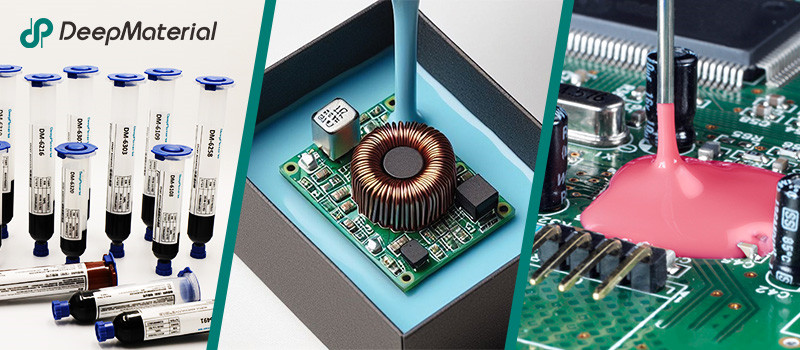
About DeepMaterial
DeepMaterial is a trusted supplier of encapsulant materials that are used in electronics manufacturing worldwide. From chip on board encapsulants such as glob top material to conformal coatings, underfills, low pressure molding, and potting solutions, DeepMaterial offers a full range of circuit board protection materials that effectively protect circuit boards while help reduce costs. More…Deepmaterial is a the manufacturer of epoxy adhesives including hardeners, metalbond, and metal filled resins. Structural, toughened medium viscosity, and non-sag adhesives are also offered. Some adhesives are resistant to thermal shock, chemical, vibration dampening, and impact. Suitable for metals, plastics, wood, and ceramics. Serves electronics, aerospace, automotive, tooling, marine, and construction industries. REACH and RoHS compliant. FDA approved. UL listed. Meets military specifications. We are the one of best adhesive manufacturers in China.
Blogs & News
Potting compounds are at the frontline of electronics assembly, delivering effective protection in challenging environmental conditions while improving mechanical strength and offering high electric insulation. Used within a variety of industries, electrical potting compounds are found within a broad range of consumer electronics, as well as used in applications across the automotive, aerospace, and other industries where electronic assemblies are prevalent.
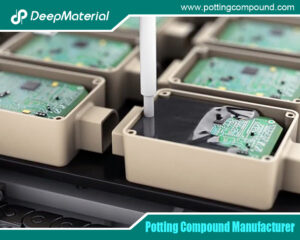
The Comprehensive Guide to Polyurethane Potting Compound Manufacturers
The Comprehensive Guide to Polyurethane Potting Compound Manufacturers In today’s rapidly advancing technological landscape, the protection and reliability of electronic components have become paramount.
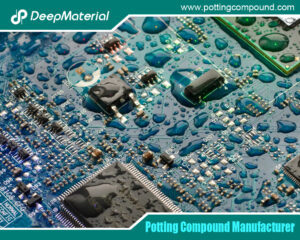
The Comprehensive Guide to Epoxy Potting Compound Manufacturers
The Comprehensive Guide to Epoxy Potting Compound Manufacturers Epoxy potting compounds are essential materials in the electronics industry, providing robust protection for sensitive components against
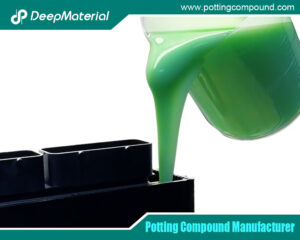
The Essential Guide to Potting Materials for Electronics
The Essential Guide to Potting Materials for Electronics In the rapidly evolving field of electronics, ensuring device reliability and longevity is critical. One of the
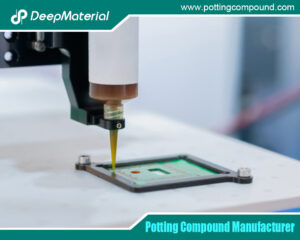
The Expanding Horizon of the Mini Silicone Optical Glue Market
The Expanding Horizon of the Mini Silicone Optical Glue Market The mini silicone optical glue market is witnessing unprecedented growth, fueled by technological advancements and
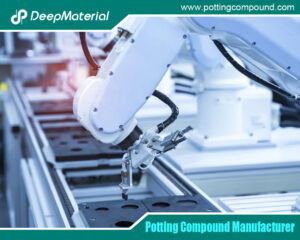
The Comprehensive Guide to PCB Potting Services: Ensuring Reliability in Electronics
The Comprehensive Guide to PCB Potting Services: Ensuring Reliability in Electronics Printed Circuit Boards (PCBs) are the backbone of modern electronics, enabling functionality in
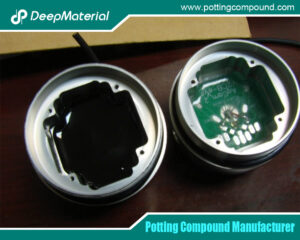
Comprehensive Insights on PCB Encapsulation in Potting Material
Comprehensive Insights on PCB Encapsulation in Potting Material In the fast-evolving landscape of electronics, ensuring the durability, reliability, and longevity of printed circuit boards

